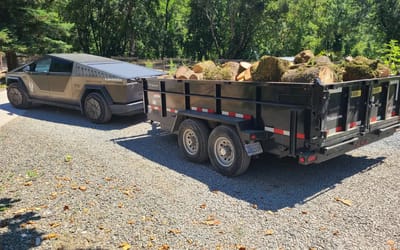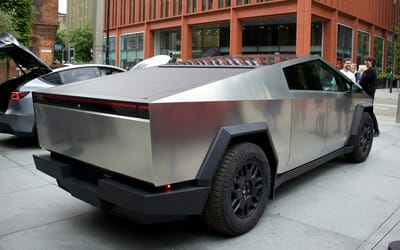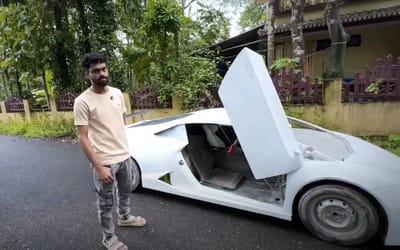For the first time ever Earth has received power beamed from a satellite in space
- For the first time, solar power has been transmitted from orbit
- The test sent about one milliwatt of power to the ground on Earth
- It could be the first step toward a solar power station in space
Published on Feb 15, 2024 at 9:47 PM (UTC+4)
by Adam Gray
Last updated on Feb 16, 2024 at 7:46 PM (UTC+4)
Edited by
Amelia Jean Hershman-Jones
For the first time ever, Earth has received power beamed from a satellite in space.
For more than seven months now, an experiment has been taking place in space whereby energy has been transmitting down to Earth via solar panels on a satellite in orbit.
But now we have the first results of how the experiment is going.
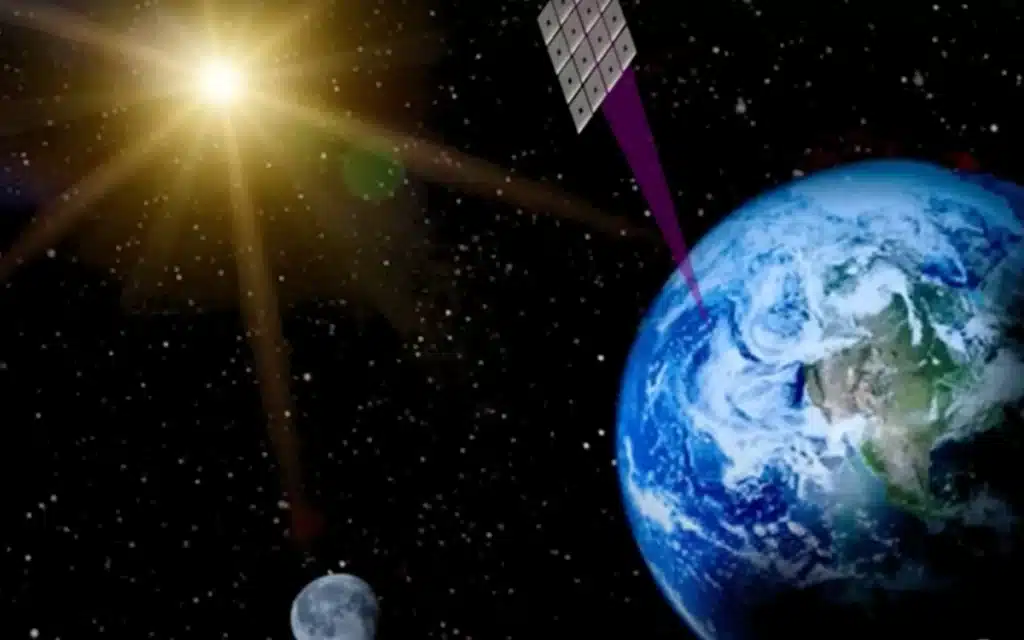
READ MORE! NASA releases space walk footage from astronauts outside the International Space Station
Caltech’s Space Solar Power Demonstrator (SSPD), using its Microwave Array for Power-transfer for Low-orbit Experiment (MAPLE), has showcased transmitting power in space and from space to Earth is possible.
The first time solar power has been transmitted from orbit, and it could be the first step toward a solar power station in space.
The space solar power prototype was launched into orbit in January 2023 and, just two months later, it was able to transmit around 100 milliwatts worth of power through space.
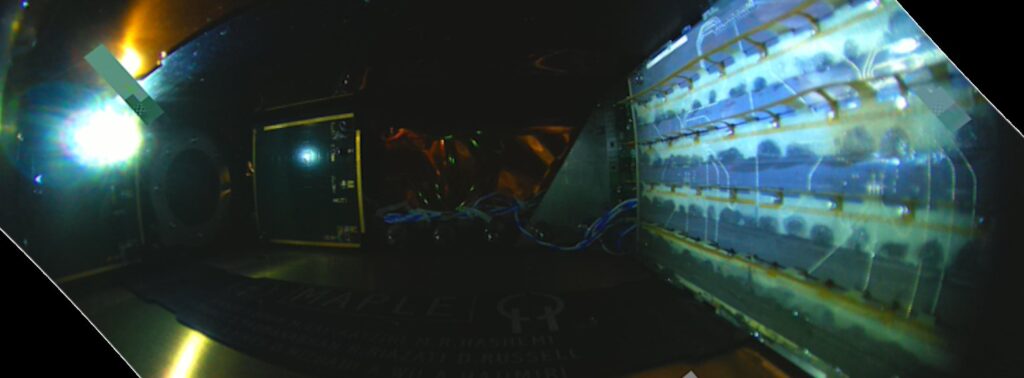
The test sending power to Earth had about one milliwatt of power getting to the ground, and was conducted three times over a period of eight months.
The plan is to create a modular spacecraft constellation around a kilometer in scale capable of transmitting enough energy to power 10,000 homes.
The constellation will consist of individual one-meter cube satellites which will unfurl into a flat square 50 meters per side, with solar cells on one side and microwave transmitters on the other.
As MAPLE is capable of beaming energy in any direction, the idea is this approach can directly send energy and power to a remote location or during an emergency, as it doesn’t require transmission infrastructure.
“In the same way that the Internet democratized access to information, we hope that wireless energy transfer democratizes access to energy,” lead researcher and co-director of SSPP, Ali Hajimiri, said last year.
“No energy transmission infrastructure will be needed on the ground to receive this power. That means we can send energy to remote regions and areas devastated by war or natural disaster.”
Dare we say it: one small step for one, one giant leap for mankind?
Meanwhile, in other news, NASA has discovered a new super-Earth and it’s relatively close, while NASA and SpaceX are also combing to build the first Moon base.
DISCOVER SBX CARS: The global premium car auction platform powered by Supercar Blondie

Adam Gray is an experienced freelance motoring journalist and content creator based in the United Kingdom. Using his media accreditation with manufacturers’ press offices, Adam test drives the latest cars and attends new vehicle press launches, producing written reviews and news pieces for a variety of lifestyle and business publications. Here at Supercar Blondie, Adam applies his journalistic skills penning social-first content around current news and trends. When he’s not behind the wheel of the latest car or writing up another viral story, Adam can be found at his local rink playing ice hockey or at the Riverside Stadium supporting his beloved Middlesbrough FC.
